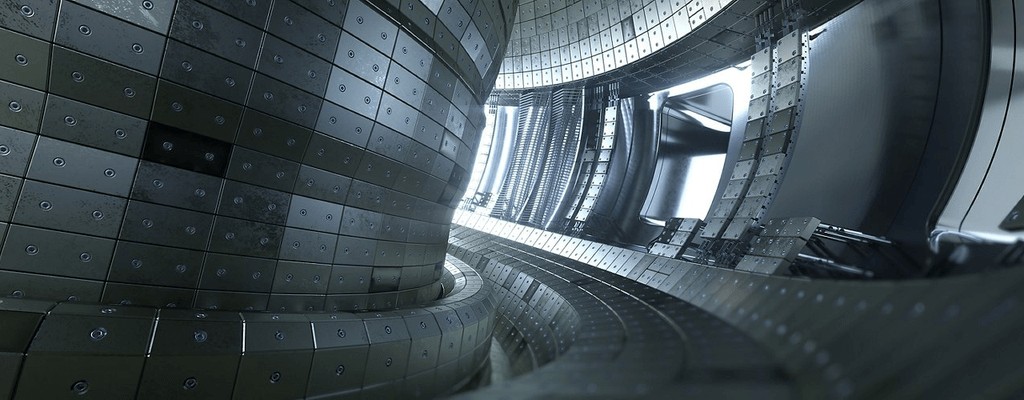Eni - Magnetic confinement fusion: the energy of tomorrow imitates stars
Eni supports research in game-changer technologies that can generate a breakthrough in energy transition. This vision is embodied in major challenges such as the development of magnetic confinement fusion: the union of two light atoms that fusing together emit energy. A real revolution in the field of energy, because once taken to industrial level it would make it possible to safely generate large (virtually inexhaustible) quantities of zero-emission energy.
“For Eni, magnetic confinement fusion plays a central role in technological research aimed at decarbonization, because it will allow humanity to have large quantities of energy produced in a safe, clean and virtually inexhaustible way and without any emission of greenhouse gases.”
We face a long pathway to walk through before this new energy source can be used, but to follow this road means to aim for a sustainable future, as fusion could make a substantial contribution to the mix of clean energy sources that are essential to curb the effects of climate change.
Podcast
The Briefing: magnetic confinement fusion
00:00 - 22:91
Magnetic confinement fusion is based on the same physical principle that keeps the Sun 'switched on' and that allows it to produce energy. However, such a process is very complex to reproduce artificially on Earth, which is why, according to the scientific community, obtaining energy from fusion is one of the greatest technical challenges humanity has ever faced.

It is very important to differentiate between the concepts of nuclear 'fusion' and 'fission': while the former refers to the 'fusion' of two light atoms, which emit energy as they merge, the latter is about exactly the opposite - 'fission' creates energy by splitting a heavy atom. The elements used for magnetic confinement fusion are Deuterium and Tritium (the latter derived from Lithium), isotopes of hydrogen that are virtually inexhaustible in nature.

A fusion power station will be intrinsically safe: in the event of a malfunction, the fusion reaction will stop spontaneously. Only a few grams of the mixture of deuterium and tritium will be present at any given moment inside the magnetically confined reactor called 'Tokamak', avoiding possible consequences for the environment and for people. At the end of its working life, the reactor can be safely dismantled: the radiologically activated materials in the facilities will be small in quantity and low in emission, and easily treatable: they can also be recycled within a few decades for the construction of new plants.

Researching, designing and building machines that can replicate and manage physical reactions on Earth similar to those that take place in the core of the stars is the technological goal that world leading energy researchers are striving for.

Eni was among the first energy companies to invest in magnetic confinement fusion research, as well as the first and principal shareholder in CFS (Commonwealth Fusion Systems) project. Eni continues to focus on research on magnetic confinement fusion, considering this technology as a turning point along the path towards carbon neutrality by 2050, when, according to IEA, the planet will need 1.5 times the electricity that is consuming now.
The Tokamak configuration contains plasma thanks to magnetic confinement

Collaboration agreements with universities and research institutes are of strategic importance for all of Eni's research and development activities, enabling the company to accelerate the transition to increasingly sustainable energy.
1 billions €
>1
1
>1
Having been fusion energy a sector historically supported mainly by governments and by international consortiums, private involvement in it is a novelty, but according to industry insiders it is this pace change that will allow fusion energy to finally become a reality.
Although it is following different research paths, the specific goal the whole world is working on is to build the first fusion power station capable of supplying the electricity grid with power from sources with zero emission of climate-altering gases. The success that has been achieved in research leads us to think that producing energy from nuclear fusion is no longer a very distant goal.
Video

